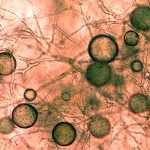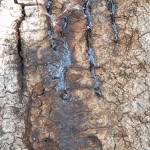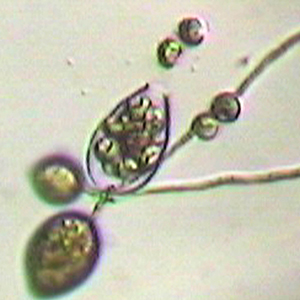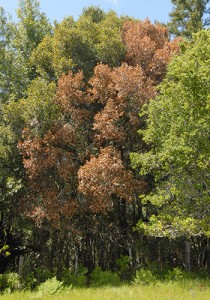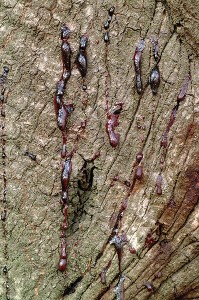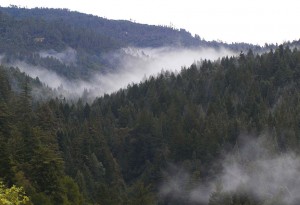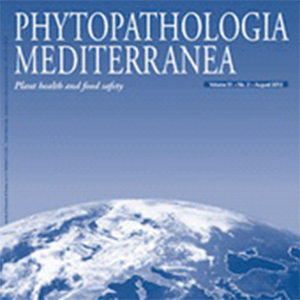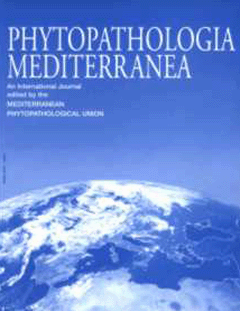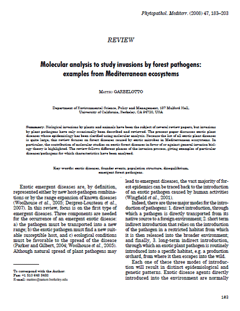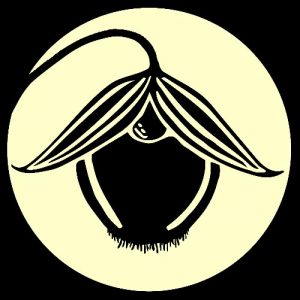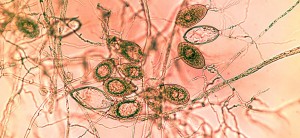Topic: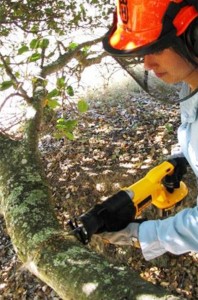
Cleaning tools in SOD-infested areas.
Problem:
Can tools become infectious when used on trees infected by SOD? Yes, in particular when dealing with infected foliage, infested soil, and marginally with infected wood. The risk of spreading SOD is higher if soil or infected leaves are present on tires, shoes or tools. Wood is generally, not as infectious
Recommendation:
Differently from other pathogens which produce invisible microscopic and often sticky spores that can remain viable even on apparently clean tools, the SOD pathogen produces spores that are normally lodged in plant debris, organic matter, and plant or soil residue.
In order to clean your tools, shoes, and vehicle tires you can follow this two-step procedure:
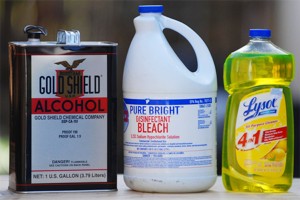
- Clean all visible organic residue, plant tissue or soil from the tool. A wire or plastic brush is generally effective. Removal of all visible debris will eliminate 99% of all infectious propagules.
- Washing with a disinfectant that will kill any remaining spores. We have found that 70% ethanol, diluted bleach, and Lysol brand disinfectant are all effective. Lysol, which contains benzalkonium chloride, a powerful and effective antiseptic, is the product we use most often as ethanol tends to be the most expensive of the three, and bleach can cause corrosion of metal tools.
Note: it is important to ensure all parts that came in contact with infected plant material are visibly clean and that no organic matter remains. This is particularly crucial for tools like chainsaws or machinery like chippers. The physical cleaning step (above) is critical, and can be effective even without washing although the application of a disinfectant may help). Washing first and then cleaning will be ineffective. Always wear safety glasses and protective equipment as recommended by the manufacturer and always follow the manufacturer’s directions, restrictions, and precautions on the product label.
Research behind the Recommendation:
To test the effectiveness of tool cleaning on the transmission of P. ramorum, a chainsaw and handsaws were “contaminated” with SOD-infected wood chips and saw dust. The saws were treated by different methods in an attempt to “decontaminate” them including, removing the visible organic matter with a wire brush or brushing followed by a disinfectant rinse. The disinfectants used were 10% ethanol, 5% bleach, and lysol (diluted as instructed on the label).
After cleaning, the saws were examined under magnification, any remaining bits of plant or organic matter plated on selective agar Petri dishes. The percentage of infectious propagules that grew on the agar plates is graphed below. Click to rebigulate the pdf.
Download (PDF, 17KB)
Links and References:
Disclaimer: Mention of any company, trade name, or commercial product does not constitute endorsement by the University of California or recommendation for use. Always follow the manufacturer’s directions, restrictions, and precautions on the product label.

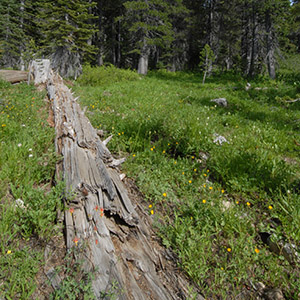
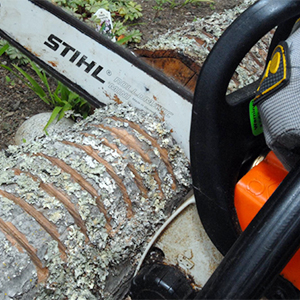


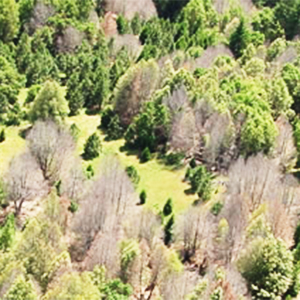
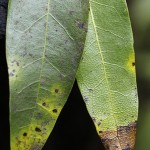 SOD is an exotic disease caused by the microscopic pathogen Phytophthora ramorum, estimated to have been introduced into California 20-25 years ago from unknown region of the world.
SOD is an exotic disease caused by the microscopic pathogen Phytophthora ramorum, estimated to have been introduced into California 20-25 years ago from unknown region of the world.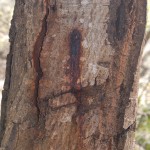 and a foliar infection. Tanoaks are the only tree species that can spread the the disease and die from it as well. When P. ramorum infects oaks and tanoaks it destroys the cambium under the bark and effectively girdles the tree. Girdled trees are doomed, but can survive for 1 to 5+ years thanks to stored resources and their natural tolerance to drought.
and a foliar infection. Tanoaks are the only tree species that can spread the the disease and die from it as well. When P. ramorum infects oaks and tanoaks it destroys the cambium under the bark and effectively girdles the tree. Girdled trees are doomed, but can survive for 1 to 5+ years thanks to stored resources and their natural tolerance to drought.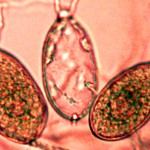 percipitation.
percipitation.